Children are a blessing and a responsibility. With the right amount of preparation and forethought, you can help them reach their full potential. Opening a Roth IRA account is the first step to preparing for your child’s future. Here’s what you need to do:
1. Know the Limits
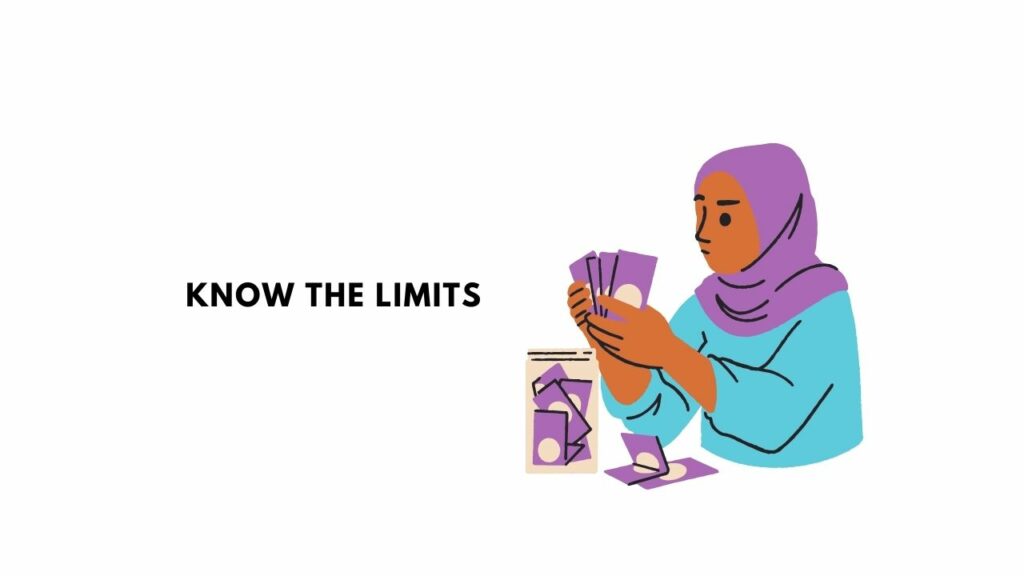
The first step is to understand the limits for contributing to a Roth IRA for your child. Each year, you can contribute $6,000 per child. This limit applies to each child and not to multiple children or families. For example, if you have two children under 18 in your household who would like to open a Roth account, you could invest up to $12,000 into their accounts ($6k per child).
In addition to this annual contribution limit, additional income restrictions may prevent some families from contributing as much as they would like. If your modified adjusted gross income (MAGI) exceeds $199K ($199k x 2 = $398k), then there are no longer any limits on how much money can be contributed to an adult account or a Child IRA
2. Choose an Account
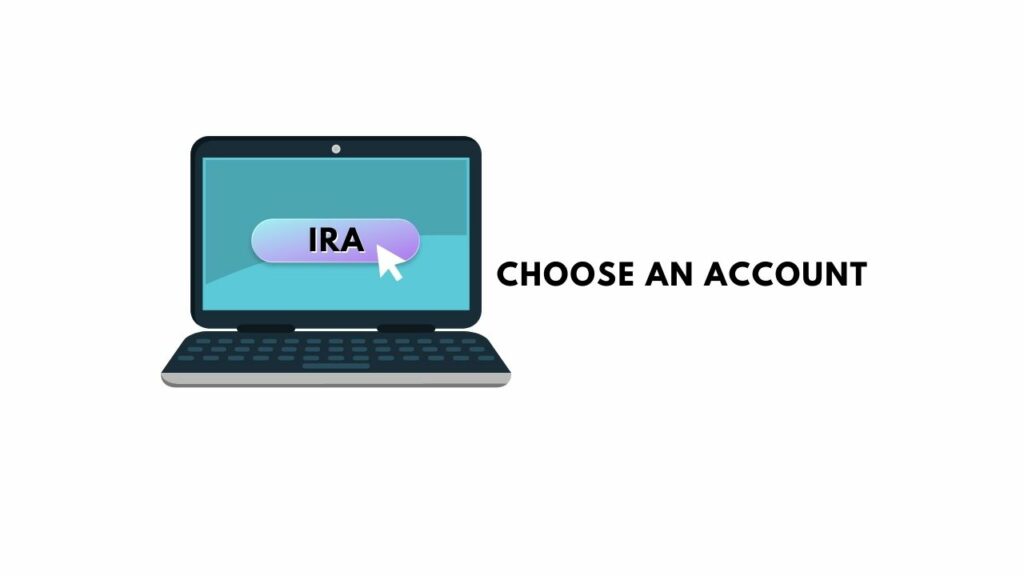
As with any investment, you want to choose the option that is most convenient for you. If you have a retirement plan at work and are eligible to participate, consider using it first. If not, or if you already max out your contributions there and want to save more in other places (like your kid’s education fund), then open an individual retirement account (IRA).
If you do decide on an IRA, there are two main types: traditional or Roth. The difference between these accounts is when the tax savings happens—traditional IRAs allow for tax deduction of contributions before taxes are paid and Roth IRAs don’t allow for any deductions but offer tax-free growth after retirement age. Because this will be a long-term investment, consider starting with a Roth IRA as it allows more flexibility down the line when withdrawing funds without penalty—though even here it should be noted that there still may be penalties based on how much has been withdrawn so far during those years where earnings were taxed at lower rates than today’s rates; consult an accountant if unsure about whether this would affect your child’s ability to withdraw funds early without penalty later on!
3. Open the Account
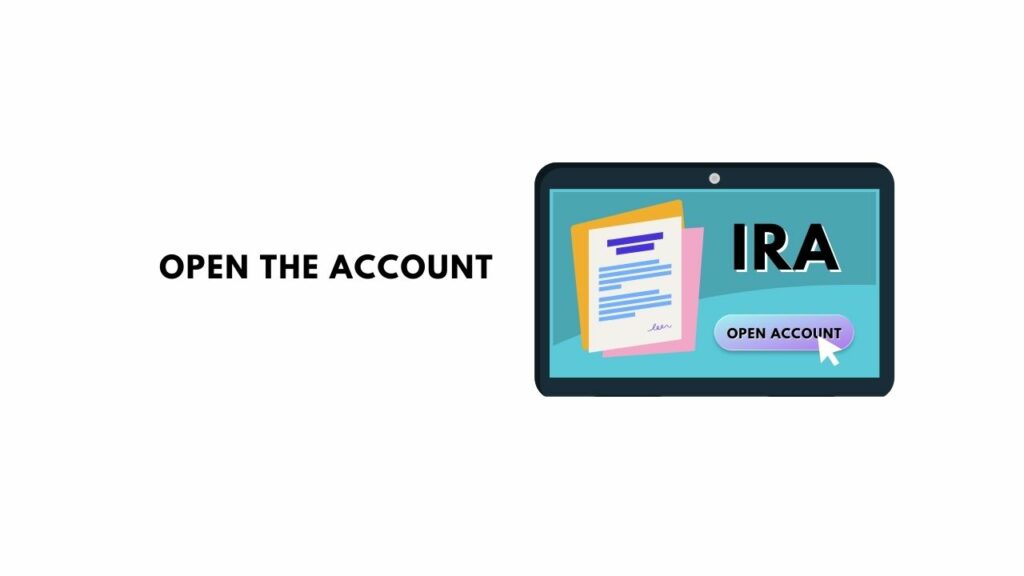
Open the Account. Once you’ve determined where to open your child’s Roth, it’s time to set up the account with that financial institution. If your goal is to open a Roth for a minor child who won’t be able to receive or spend any of their funds until they reach legal age (18), then some additional steps need to be taken before opening the account.
These steps will vary depending on whether or not your state has adopted the Uniform Transfer on Death Securities Registration Act (UTD). If your state has adopted UTD and your plan is for them:
- Start by getting copies of both parents’ birth certificates and social security numbers;
- Apply for a custodian account using those documents;
- Make sure you fill out Form 709 properly right away so that the IRS can send all future proceeds back into this same custodian account
4. Fund a Child’s Roth IRA
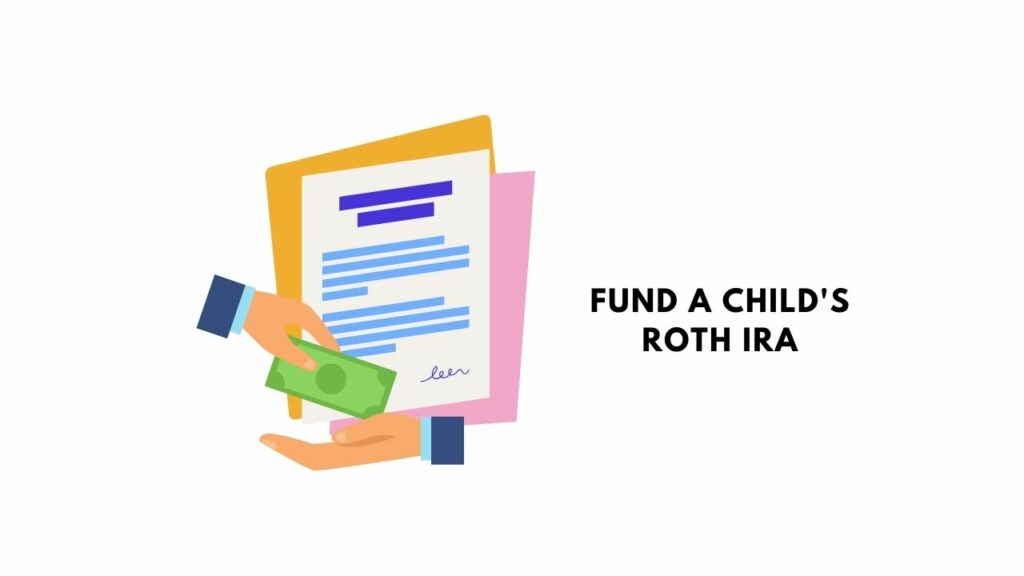
A Roth IRA is a savings account that’s designed to grow tax-free, meaning you don’t have to pay any taxes on your investment gains. You can contribute up to $5,500 per year ($6,000 if you’re over 50), or up to $6,000 per year if you file jointly with your spouse. You must be at least 18 years old to open a Roth IRA—and the sooner you start contributing, the better: The money has more time to compound over time.
Most Roth IRAs are traditional IRAs that accept contributions every year until age 70½ (when withdrawals begin). Once this happens, however—and even if it hasn’t yet—it’s possible for parents and grandparents alike who’ve already been contributing money into a child’s account in their own name (or perhaps even those who haven’t yet opened one) could convert their existing accounts into “inherited IRAs.” These work just like regular inherited retirement plans do: If someone dies after reaching age 59½ but before reaching 70½ (the start date for required minimum distributions), his or her beneficiaries generally receive an exemption allowing them extra time before beginning withdrawals from these types of accounts while they wait out life expectancy tables provided by IRS guidelines
5. Manage the Account
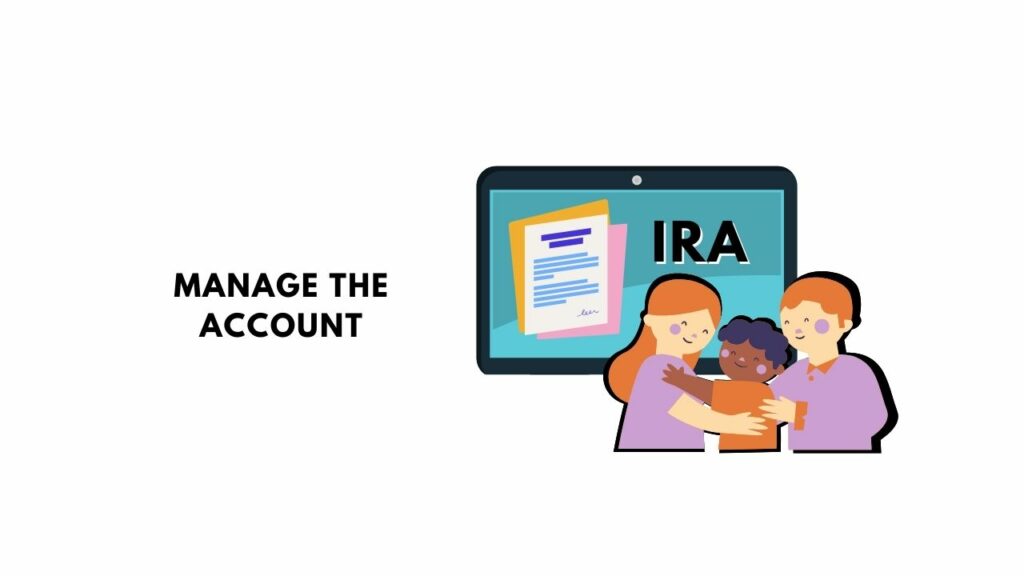
At this point, you should have a solid understanding of how to open a Roth IRA for your child. But what happens next? Once the account is set up, it’s important to manage it correctly so that your child has access to the money when they need it.
Here are some tips for managing your child’s Roth IRA:
- Change the beneficiary: While there are no age limitations on who can become a beneficiary of an IRA account (the beneficiary is typically designated on Form 5305), our experience shows that most beneficiaries choose not to change their beneficiaries until they are at least 18 years old. This means that when possible, changing the beneficiary of an existing account should wait until after age 18 but before age 59½ or death.
- Withdraw funds: You can withdraw funds from a Roth IRA anytime without penalty—but remember that doing so will cause taxes on any earnings in the account and may trigger penalties if certain requirements aren’t met (e.g., withdrawing more than $10K per year). If you plan on withdrawing money from your child’s Roth IRA before his or her 18th birthday, make sure you talk with him or her about how much money should be withdrawn now vs how much could be withdrawn later as well as what specific purchases he or she would like to make with these funds (e.g., buying a car) vs saving them longer term since there may be advantages, either way, depending on what financial goals already exist within his or her overall household budgeting strategy (e.g., paying off student loans).
There’s no perfect time to start preparing for your child’s future, but starting early is the best way to get them on track for long-term savings.
There’s no perfect time to start preparing for your child’s future, but starting early is the best way to get them on track for long-term savings. You can contribute to their account until they are 18, and you can make contributions to your own Roth IRA until you reach 70.
Typical people think it’s too early or they don’t have enough money. This is not true! You may also be worried about whether or not they’ll spend all of their money as teenagers and adults if given the opportunity.
If this is a concern, consider setting up an allowance check that allows them access only after they’ve passed certain milestones in life such as high school or college (or even better: both). This encourages responsibility while keeping some autonomy over spending habits intact – because let’s face it – most kids would rather spend their money than save it anyway!
When you’re ready to open a Roth IRA for your child, you can follow five easy steps. The most important thing is to take the time to learn about the different types of accounts available and choose one that fits your child’s needs and goals.